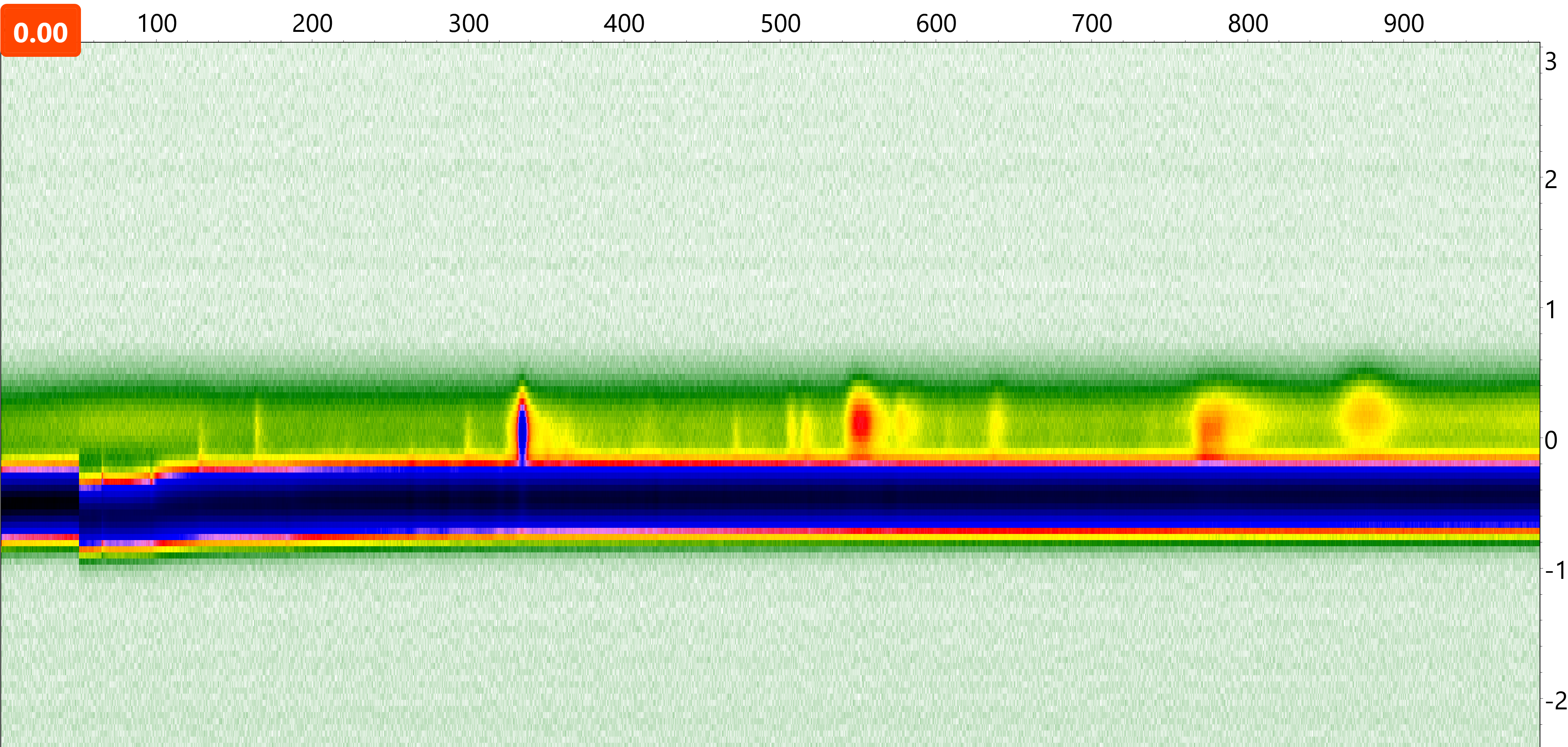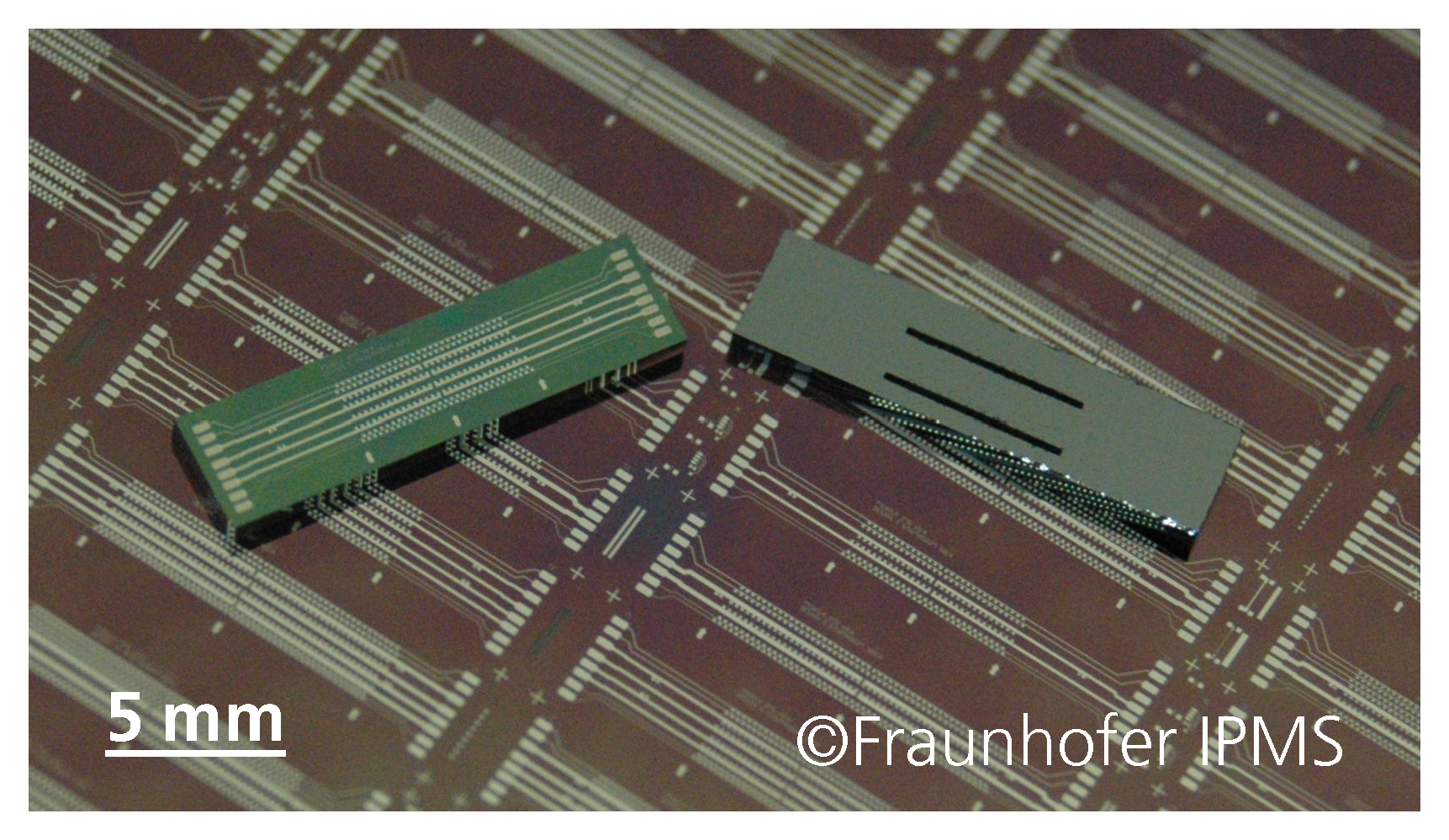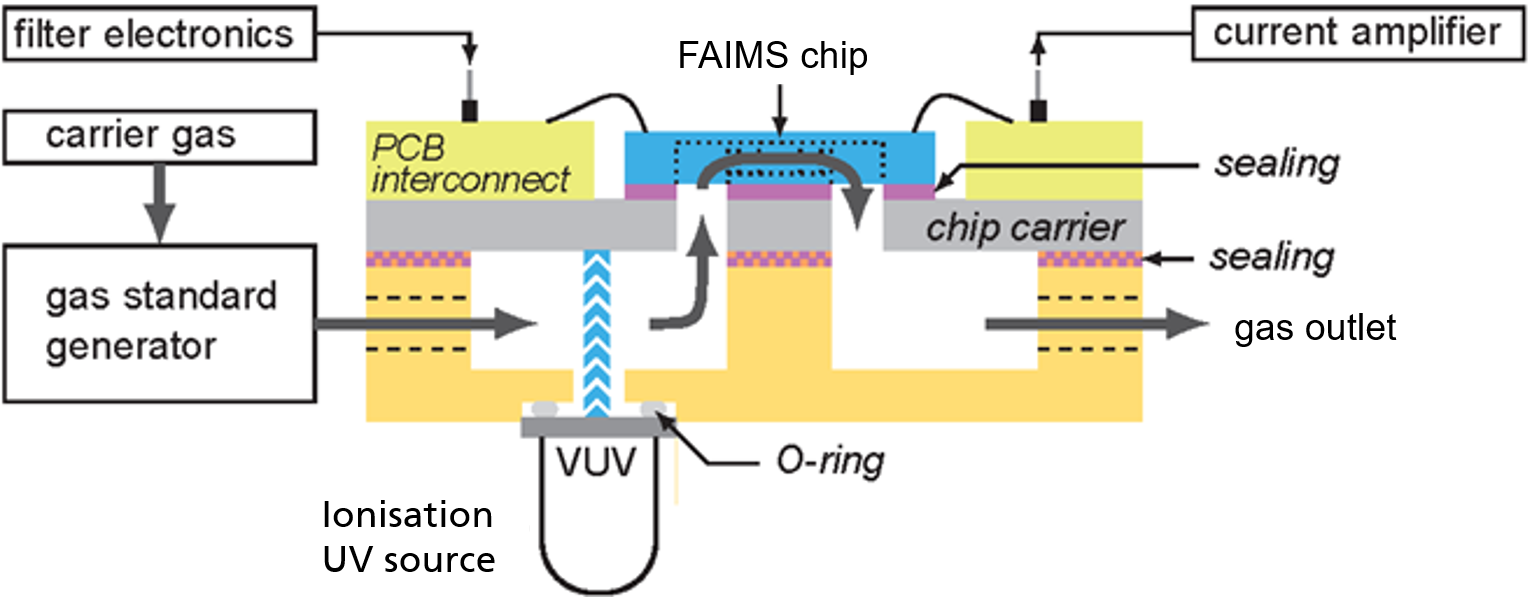One approach for the non-invasive diagnostics of many diseases is the analysis of gaseous biomarkers, i.e., disease-specific, volatile organic compounds (VOCs). A change of the metabolism of diseased, infected or altered body cells might lead to a concentration change of the VOC profile or even the production of disease-specific VOCs. During an infection with bacteria or fungi additional VOCs of the microorganisms occur. The VOCs are emitted by breath, urine, stool as well as skin and can be detected metrologically. Challenging are the very low concentrations of the relevant compounds and their individual measurement, evaluation and assignment.
At present, the diagnostic of many diseases is carried out using invasive sampling and uncomfortable or even painful procedures: blood sampling, biopsies, nasopharyngeal swap sampling. Some diseases like Parkinson’s or cancer are often diagnosed when the symptoms are more pronounced and the disease is already in an advanced stage. In addition, the detection and identification of specific pathogens from infectious diseases takes hours or even days and requires an existing laboratory infrastructure. The detection of biomarker VOCs can improve the situation!
 Fraunhofer Center for Microelectronic and Optical Systems for Biomedicine
Fraunhofer Center for Microelectronic and Optical Systems for Biomedicine


